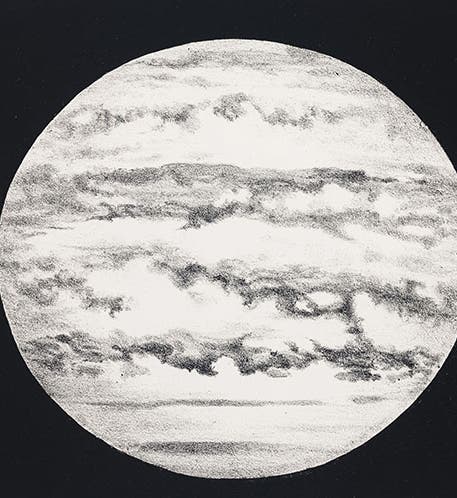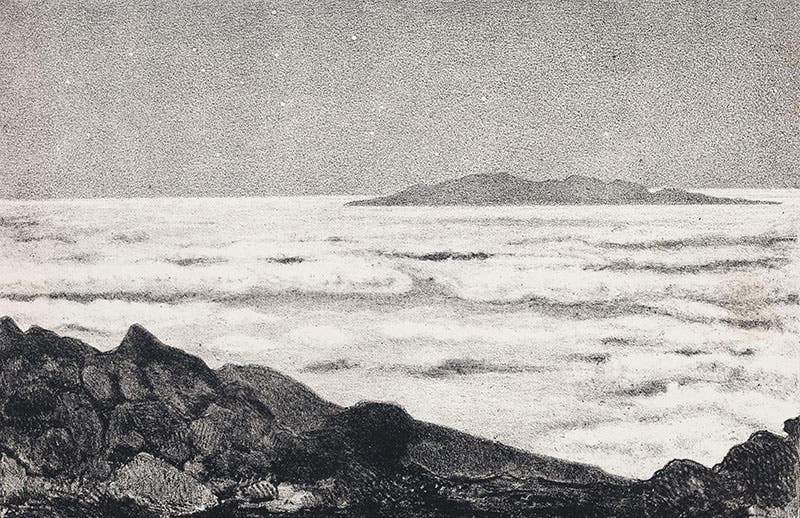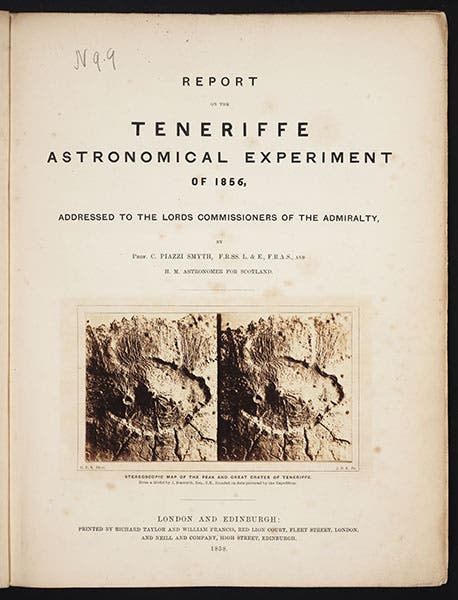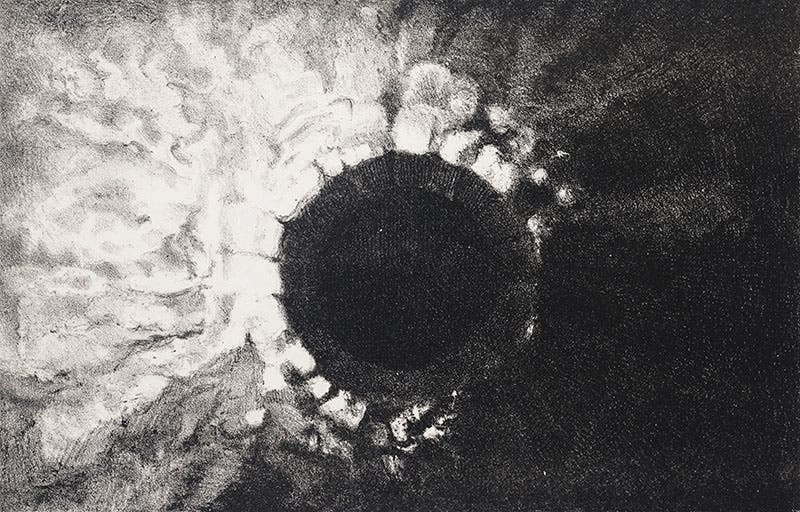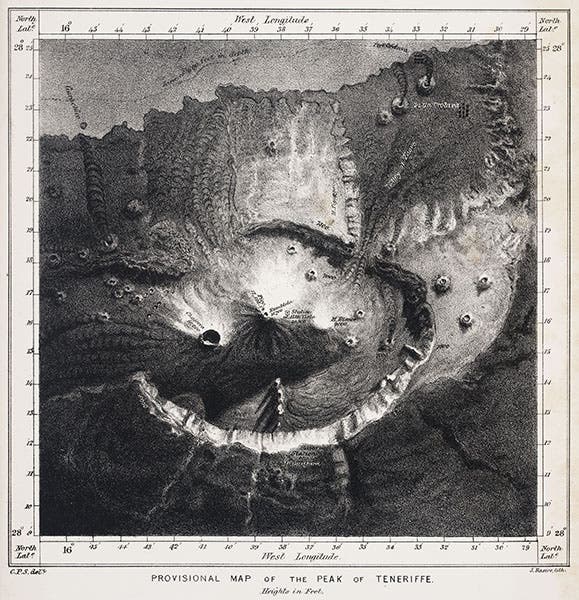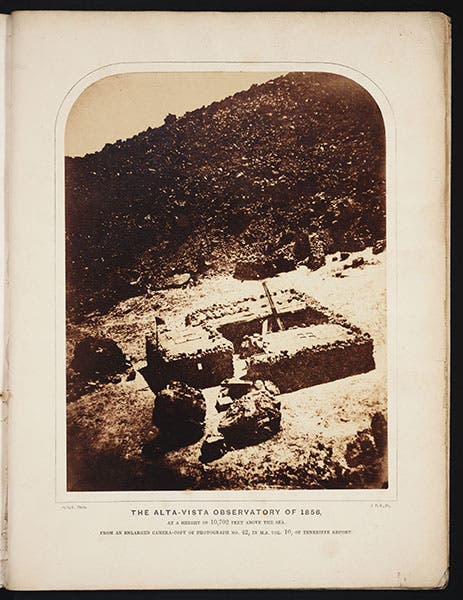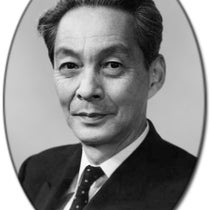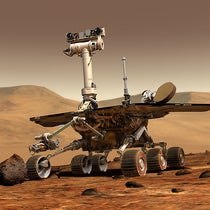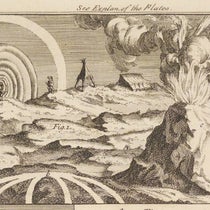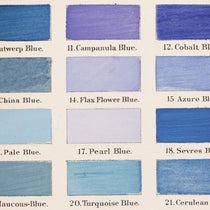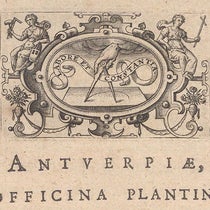Scientist of the Day - Charles Piazzi Smyth
Charles Piazzi Smyth, an English astronomer, was born Jan. 3, 1819. He was the son of the noted amateur astronomer William Henry Smyth of Bedford, and son Charles is best known for demonstrating the advantages of a high-altitude observatory. Isaac Newton had suggested a century earlier that telescope "seeing" would be much better at high altitude, but no one had ever tested this out, perhaps because it is hard to find high-altitude sites in England. In 1856, Smyth was invited by the Admiralty of the Royal Navy to go to the Canary Islands and set up an observatory on Teneriffe (now Tenerife), near the top of the towering volcanic peak (now called Teide) that dominates the largest island. Smyth did so, taking with him a suitable reflecting telescope. The observatory he built, nestled within the crater of Teide, was named "Alta Vista".
Smyth returned to England a year later and declared the enterprise to have been a great success. In 1858, he published a work intended for the general public, called Teneriffe: An Astronomer's Experiment. The book included twenty "photo-stereographs", meant to be looked at with a special viewer. It was the first book ever to be illustrated by stereoscopic photographs. However, curiously, none of the photographs show anything heavenly; they depict instead the landscape and buildings of Teneriffe. Although we have the book in our collection, there is not really anything relevant from his “experiment” to show here.
Fortunately, the same year, Smyth also published Report on the Teneriffe Astronomical Experiment of 1856, comprising part of his official report to the Admiralty. This is a quarto, well-illustrated, and although the images are not stereographs (with the exception of the title-page vignette), they are astronomical, and all of the images we reproduce here are from the Report.
We see a telescopic view of Jupiter from Alta Vista (first image); a moonlight view of Grand Canary island from Alta Vista, showing the cloud level below the peak (second image); the title page of the Report, with a stereograph vignette of a model of the Teide crater (model made by James Nasmyth, third image); a drawing of the lunar crater Autolychus – perhaps the first depiction of a lunar crater ever made from a terrestrial crater (fourth image); a map of the Teide crater, showing the location of Alta Vista (fifth image); and a photo of the Alta Vista Observatory (sixth image).
Some of these images also accompanied a simultaneous paper in the Philosophical Transactions of the Royal Society; but the title-page stereograph and the photo of the observatory appear only in the Report.
In his later years, Smyth became one of the founders of pyramidology, with his book, Life and Work at the Great Pyramid (1867), but we will reserve discussion of this work (which we have in our Collections) for a later occasion.
Dr. William B. Ashworth, Jr., Consultant for the History of Science, Linda Hall Library and Associate Professor, Department of History, University of Missouri-Kansas City. Comments or corrections are welcome; please direct to ashworthw@umkc.edu.

